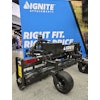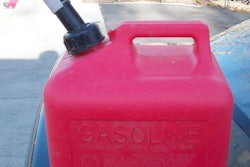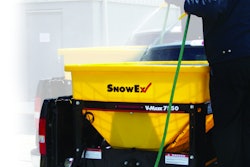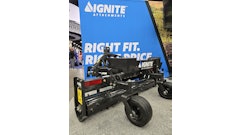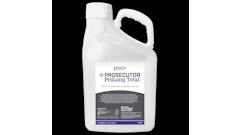Auto, marine, motorcycle, outdoor power equipment, personal watercraft and snowmobile groups filed a petition on March 23 asking the Environmental Protection Agency (EPA) to ensure the continued sale and availability of gasoline blends of no greater than 10% ethanol (E10) for the 400 million engine products used by tens of millions of people every day in the U.S. These products were not designed, built or warranted to run on any fuel containing more than 10% ethanol. The groups are concerned that retailers are not prepared to offer both E10 and E15 at their stations, and given the choice, may opt to offer E15 only.
“Misfueling is our prime concern, and we foresee that consumers will be forced to fuel with E15 unless EPA requires stations to carry both legacy (E10) and new E15 fuels,” said Kris Kiser, speaking on behalf of the organizations. “Many stations may not be equipped to accommodate an additional fuel, leading them to choose between E15 and E10 fuels – and E15 will likely win out since it may be more profitable for them to carry. This means consumers might have no choice but to fuel with E15, and there will be little to prevent them from misfueling when they come in with a lawn mower, chain saw, motorcycle, snowmobile, boat or older car.”
The organizations point out that EPA’s prior experience with fuel transitions and misfueling demonstrates that labeling alone is insufficient to prevent misfueling. In 1974, as EPA led the transition to unleaded fuels, the Agency reported a misfueling rate of 15% over 10 years after the introduction of unleaded gasoline.
The petition for rulemaking, filed with the U.S. EPA, says that with a partial waiver ruling, EPA cannot assure E10 fuel will be available for legacy fleet, and therefore, the petitioners request that EPA, consistent with prior precedent, ensure continued consumer choice by requiring the continued sale of gasoline blends of no greater than E10 fuel.
The petition says that EPA must assure continued availability of E10 for three specific reasons.
1. There is a strong potential that the reduced volume of E10 fuel required in the marketplace might result in the elimination of supply, further eroding the availability of a fuel needed for millions of off-road, small engine equipment
2. EPA must create legal obligations that ensure that the conditions on which the waivers were based can be fulfilled
3. EPA has enough evidence that emission control devices would be significantly “impaired” by E15 to support a requirement for E10.
A detailed fact sheet on the joint petition filing can be found at The OPEI Website.


